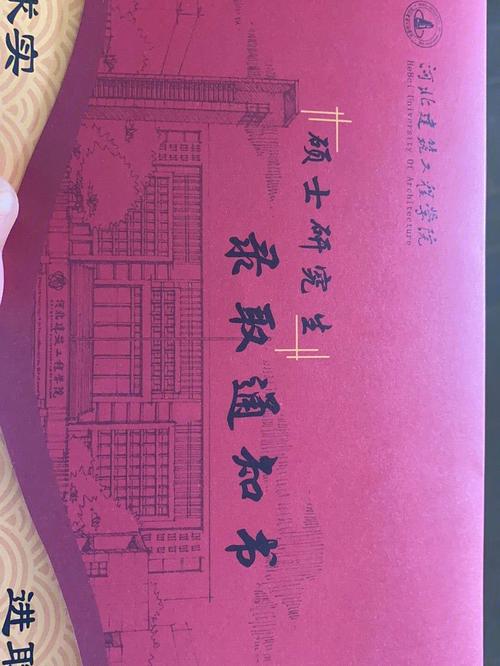Title: Translating Literary Sketches: A Journey Across Languages
In the realm of literature, translating sketches poses a unique challenge. These concise yet profound pieces often capture the essence of a moment, a feeling, or a character with brevity and precision. When embarking on the journey of translating literary sketches from one language to another, several factors come into play to ensure that the essence and beauty of the original work are preserved while adapting to the nuances of the target language.
Understanding the Essence:
Before delving into the act of translation, it's crucial for the translator to deeply understand the essence of the literary sketch. What is the underlying emotion? What imagery is employed? What cultural or historical context is embedded within the text? By grasping these fundamental aspects, the translator can navigate the nuances of both languages more effectively.
Translating Emotions and Imagery:
Literary sketches often rely heavily on evoking emotions and painting vivid imagery with succinct language. Translating these elements requires not only linguistic proficiency but also a keen sense of literary sensitivity. The translator must strive to convey the same emotional impact and visual richness in the target language, even if it means employing different linguistic devices or cultural references.
Maintaining Style and Tone:
Every writer has a distinctive style and tone that permeate their work. Whether it's the playful whimsy of a humorous sketch or the melancholic introspection of a poignant vignette, preserving the author's unique voice is paramount in translation. This entails carefully selecting words and phrasings that capture the essence of the original style while remaining faithful to the linguistic norms and conventions of the target language.
Navigating Cultural Nuances:
Culture infuses every aspect of literature, shaping language usage, symbolism, and thematic elements. When translating literary sketches, the translator must navigate these cultural nuances delicately. What resonates with one culture may not have the same impact in another. Therefore, cultural adaptation becomes essential, sometimes requiring creative reinterpretation or localization to ensure that the translated work resonates with the target audience.
Challenges and Creative Solutions:
Translating literary sketches is not without its challenges. The inherent ambiguity and openendedness of sketches leave room for interpretation, which can complicate the translation process. However, these challenges also present opportunities for creative solutions. Translators often employ techniques such as paraphrasing, interpolation, or even creating entirely new imagery to capture the essence of the original sketch in the target language.
Conclusion:
Translating literary sketches is a nuanced and intricate process that requires not only linguistic expertise but also a deep appreciation for the artistry of the original work. By understanding the essence, translating emotions and imagery, maintaining style and tone, navigating cultural nuances, and embracing creative solutions, translators can embark on a journey across languages, preserving the beauty and richness of literary sketches for readers around the world.
As translators, we are not merely conveyors of words; we are bridgebuilders, connecting cultures and fostering understanding through the universal language of literature.












评论